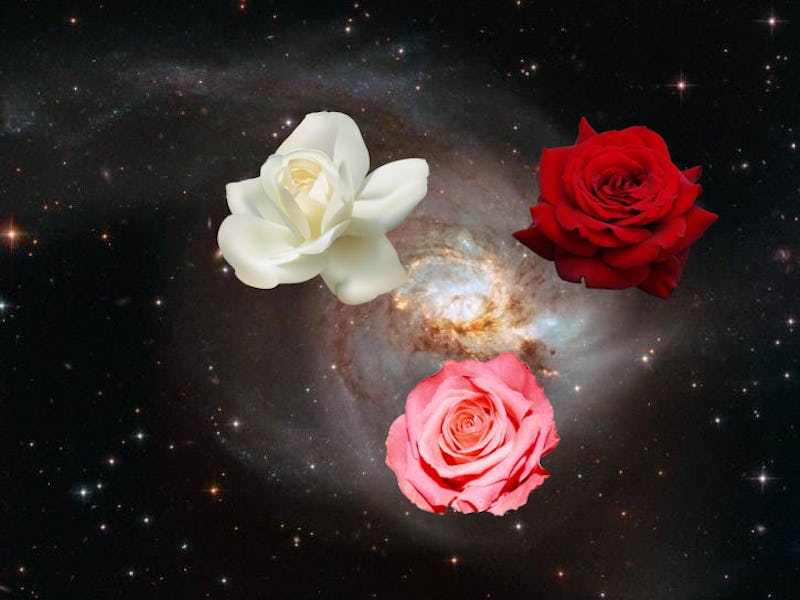Space is a literal death trap. Its innumerable black holes and swirling storms of noxious gas could tear our fleshy bodies into mincemeat faster than light speed. But from all that sheer obliteration comes the unmatched beauty of a cosmic rose, NGC 3256. On Thursday, scientists released a stunning photo of this floral masterpiece.
This extraterrestrial blossom is nothing but eye-candy for us down here on Earth, but it is actually evidence of a massive galactic collision. Approximately 500 million years ago, two galaxies crossed paths to form NGC 3256, about 100 million light-years away in the Vela constellation. A group of hundreds of billions of stars tangoed with another troop of stellar objects until they fused into a singular mass that is roughly the size of the Milky Way.
The Hubble Space Telescope managed to capture this luminous relic of this astronomical crash on two of its onboard cameras. Astronomers have classified NGC 3256 as a luminous infrared galaxy, which means it is 100 billion times brighter than our sun and is a breeding ground for infant stars.
Join our private Dope Space Pics group on Facebook for more strange wonder.
When two galaxies merge, the stars that make them up rarely collide because of the vast distances that separate them. Instead, gas and dust from these two immense star systems begin to cascade and whirl, buoyed by the incredible gravitational force created by this union. The result is the white-hot light show that you see above.
Over 1,000 bright star clusters can be seen in the central region of NGC 3256. If you think that’s a mind-boggling number, all of that gas and dust will one day give birth to even more stars. Astronomers can look at this particular galaxy to further their understanding of the stellar life cycle.
When something dies on Earth, it fertilizes the ground it falls on to spark the growth of other organisms. When two galaxies die in space, they unite to create some of the most stunning flora in the universe.
But don’t get it twisted, space will still kill you without batting an eye. It just looks dope from behind our computer screens.
